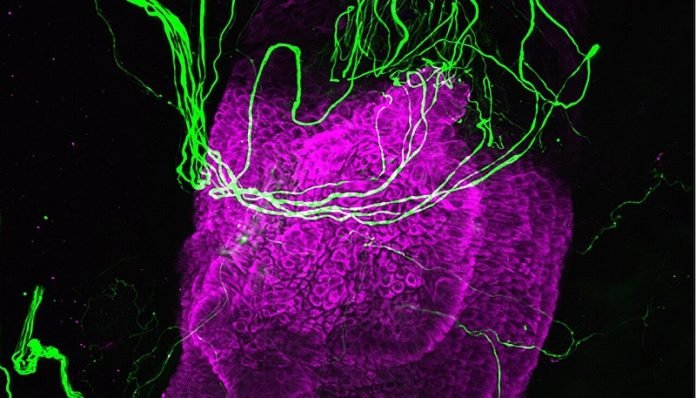
Did you know our hair does more than just make us look good?
Scientists from Imperial College London have made a fascinating discovery that might change the way we think about our hair and how we feel touch.
For a long time, we believed that we could feel things – like a gentle breeze or a tap on the shoulder – mainly because of some special nerve endings in our skin and around where our hair grows.
But these researchers have found out there’s more to the story!
They’ve discovered that the tiny structures where our hair grows, called hair follicles, play a role in how we sense touch. It’s like finding out your favorite book has hidden chapters you never knew about!
But that’s not all. The scientists noticed that when these hair follicle cells feel touch, they release certain chemicals called histamine and serotonin.
Now, you might have heard of histamine if you have allergies, and serotonin is often called the ‘happiness chemical’. It’s amazing to think that a touch on your hair can lead to such a busy chemical activity!
Dr. Claire Higgins, the main scientist behind this discovery, said, “This is really surprising. We knew our hair follicles had many nerve endings, but we didn’t expect them to play such a big role in how we feel touch. We’re eager to find out more!”
You see, when we feel something, our skin and hair have a kind of conversation with our brain. Our skin and hair send messages using nerve endings, which rush to the brain saying, “Hey, something just touched us!” And in response, we might feel tickled, comforted, or alerted.
To dig deeper into this mystery, the researchers did some cool experiments. They took human hair follicle cells and nerve cells and grew them together. When they gently poked the hair follicle cells, they saw the nerve cells light up, as if saying, “We felt that!”
To understand how the hair follicle cells were chatting with the nerve cells, the team used a special technique to peek into their chemical conversation. And that’s when they noticed these cells releasing histamine and serotonin when touched.
But here’s where it gets even more interesting: when they tested skin cells in the same way, they found out that these cells only released histamine, not serotonin.
Dr. Higgins commented on this, saying, “Histamine is linked to skin conditions like eczema. Until now, we believed that only immune cells were responsible for releasing histamine in our skin. But our discovery shows that regular skin cells might also play a role in this. This could be a game-changer for skin disease research!”
However, it’s essential to keep in mind that these experiments were done in labs and not in living beings like you and me. The next step for the scientists is to test their findings in actual living organisms to make sure they’re on the right track.
They’re particularly curious about special nerve endings called C-LTMRs, found only in hairy skin. They wonder if our hair follicles have a unique way to communicate with these nerves.
So, next time you’re having a bad hair day, remember, your hair is doing some pretty incredible things beneath the surface. Who knew our hair was not just about style but also about sensation!
Follow us on Twitter for more articles about this topic.



